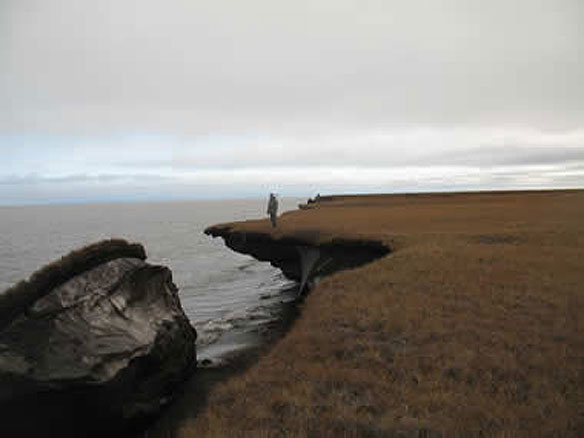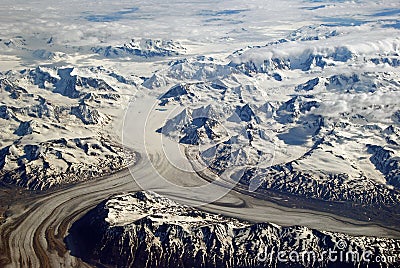 | |
Essential Question:
What is Culture? How can it be defined?
Webster defines Culture as: the quality in a person or society that arises from a concern for what is regarded as excellent in arts, letters, manners, scholarly pursuits, etc.; a particular form or stage of civilization, as that of a certain nation or period; the behaviors and beliefs (also attitude, values, goals, and practices) characteristic of a particular social, ethnic, or age group.
I recently took a class called Passages I. The class explored research on traditional roles of males in Native cultures, among other things. One of the speakers was talking about the Native culture and they defined culture as stories taught to you as a child, remembered, and passed on to future generations. As he went on, he asked each of us to define our own culture. I didn’t think that I really had a culture. I didn’t have a strong, distinct sense of culture growing up that you might see in Native villages or people you interact with from different countries. The speaker went on to say that everyone has a culture whether they know it or not. He based it around his 3 F’s: Food, Fashion, and Festivals. He elaborated a bit more and made me realize that I do have a culture and I was able to come up with my culture that defined who I am and what I did traditionally growing up.
I believe that culture is an amazing thing and nobody should ever take it for granted. I was happy to realize that I had a culture and I wasn’t just lost in the big melting pot I thought I was in. We need to accept and try to understand all types of culture. This will aid in understanding why people do what they do and live how they do. Culture is very important to what and who a human being is. It’s important to understand where you came from and how you got the values and beliefs you hold close. And I believe it is very important to pass down your culture to future generations so it is never lost.
Who and where are the indigenous peoples of Alaska?
There are 5 distinct groups of Native Alaskan peoples: Athabascan, Yupik & Cupik, Inupiaq, Aleut & Alutiiq, and Eyak, Tlingit, Haida & Tsimshian. The precise timing of migrations to Alaska is a controversial subject but is generally accepted that humans migrated from Siberia sometime between 15,000-50,000 years ago.
 | |
| Athabascan in Native Dress |
 |
| A Camai Dance in Bethel, Alaska. An annual Yup'ik Celebration |
The Yupik & Cupik, or Southern Eskimos, are spread out from Prince William Sound to the Bering Sea. They are the most numerous and diverse group. They traveled with migrating fish and game.
The Aleut & Alutiiq are in the South and Southwest parts of Alaska. They populate all the major islands in the Aleutian Chain. Since they are surrounded by water, that’s how they make their living. Weather plays a major role in their activities.
 | |
| Aleut |
The Inupiaq populate North and Northwest Alaska. It is a vast region with an extreme climate but home to a variety of animals and fish. They are a hunting and gathering society who’s lives evolve around whale, walrus, seal, polar bear, caribou and fish.
| A Haida Totem Pole |
Extend Question:
Besides Euroamericans, what other groups emigrated to Alaska and why?- African Americans/Blacks migrated to America after the Civil War. Most of them were seafarers who worked in the fur trade and whaling. The military is a big reason why blacks have migrated to Alaska. World War II brought a lot up here to help work on the Alaska Highway as engineers. Many of them have been stationed at the Army and Air Force bases up here and with the Coast Guard. The discovery of gold also brought more blacks to Alaska. I came across this video of the history of African Americans in Alaska as well as some current goings on.
 |
Alaska - Klondike - "Devil's Bluff portage in the canyon near Sheep Camp"; group of 8 African Americans and Whites making portage |
- Asian Americans came to Alaska by crossing the Bering land bridge. The Filipinos are the largest of the ethnic groups to populate Alaska. They have a history that dates back to the 1700s They served as crew members on fur trading vessels and whaling ships. Later, they helped lay underwater communication cables that linked Juneau, and other cities with Seattle. Some of them worked in gold mines and the majority of them worked in canneries. This is where they earned money in order to go to school.
- The first Polynesian Americans are thought to have come over as crew on Captain Cook’s voyages. The Native Hawaiian and other Pacific Islander community has been the fastest growing ethnic community in Alaska mostly due to the influx of Samoans. Here is a video of a little Samoan history. The music is old traditional Polynesian song.
| A youth choir from the Samoan Fellowship sings during worship at Turnagain |
- Latin Americans are the second largest minority group in Alaska. The Spanish sent expeditions to Alaska in the late 1700s to assess the Russian activity in the area. Puerto Cordova and Valdez as well as other places are named after Spanish officers.
 |
| http://www.akhistorycourse.org/images/cultures/large/page-51.gif |
Evaluation:
I thought this week's module was very insightful. I was able to learn a lot more about the different Native cultures of Alaska, where they're located, and how some of them are doing today. I liked the videos that were posted. There were plenty of pictures to look at and they helped me relate what I was reading to the people and things in the pictures. This module helped me realize that just because these tribes are all from Alaska doesn't mean that they are the same. Although they are similar, they have their own way of life, values and beliefs. Blog Reviews:
http://edexplorationinak.blogspot.com/
I like how Kristin chose a village in Alaska and told how it has changed over time. She described how it affected the village people and the struggles they are facing because of global warming. I also liked how she tied in Seattle’s climate and how people have adapted to it.
http://explorealaska1.blogspot.com/
Joel gave a pretty good explanation of how digital information has changed our understanding of the natural systems. I like the link he gave to give us a better understanding of how satellites are used in this process.
http://www.learnalaska.blogspot.com/
Christy has some excellent examples of how a change in the natural systems effect wildlife. She talked about her town she lives in and how whale and geese migration have changed. I also like how she gave different websites to visit to explore more information about the changing trends.









